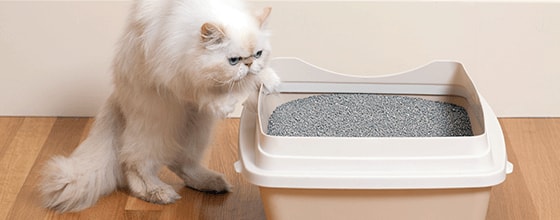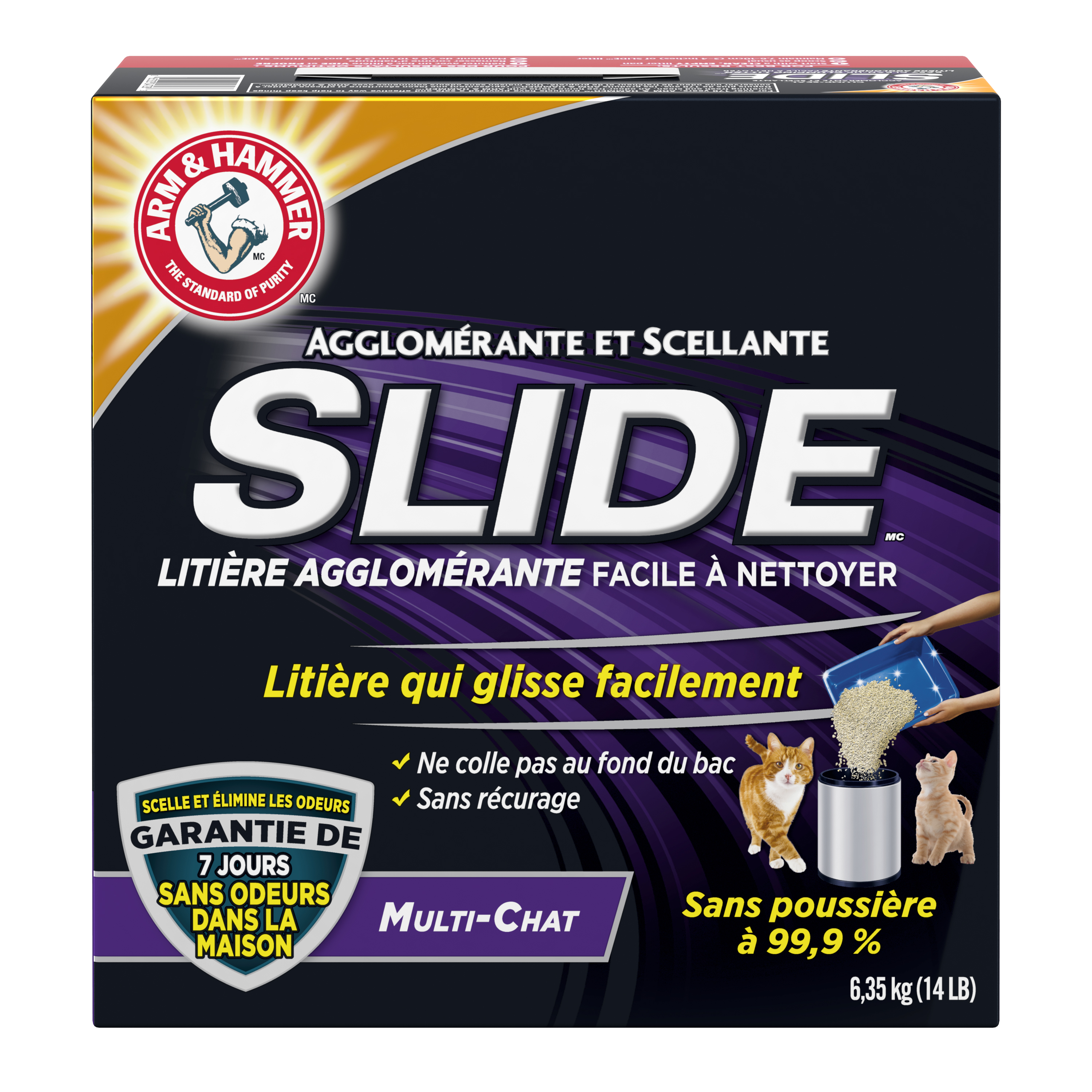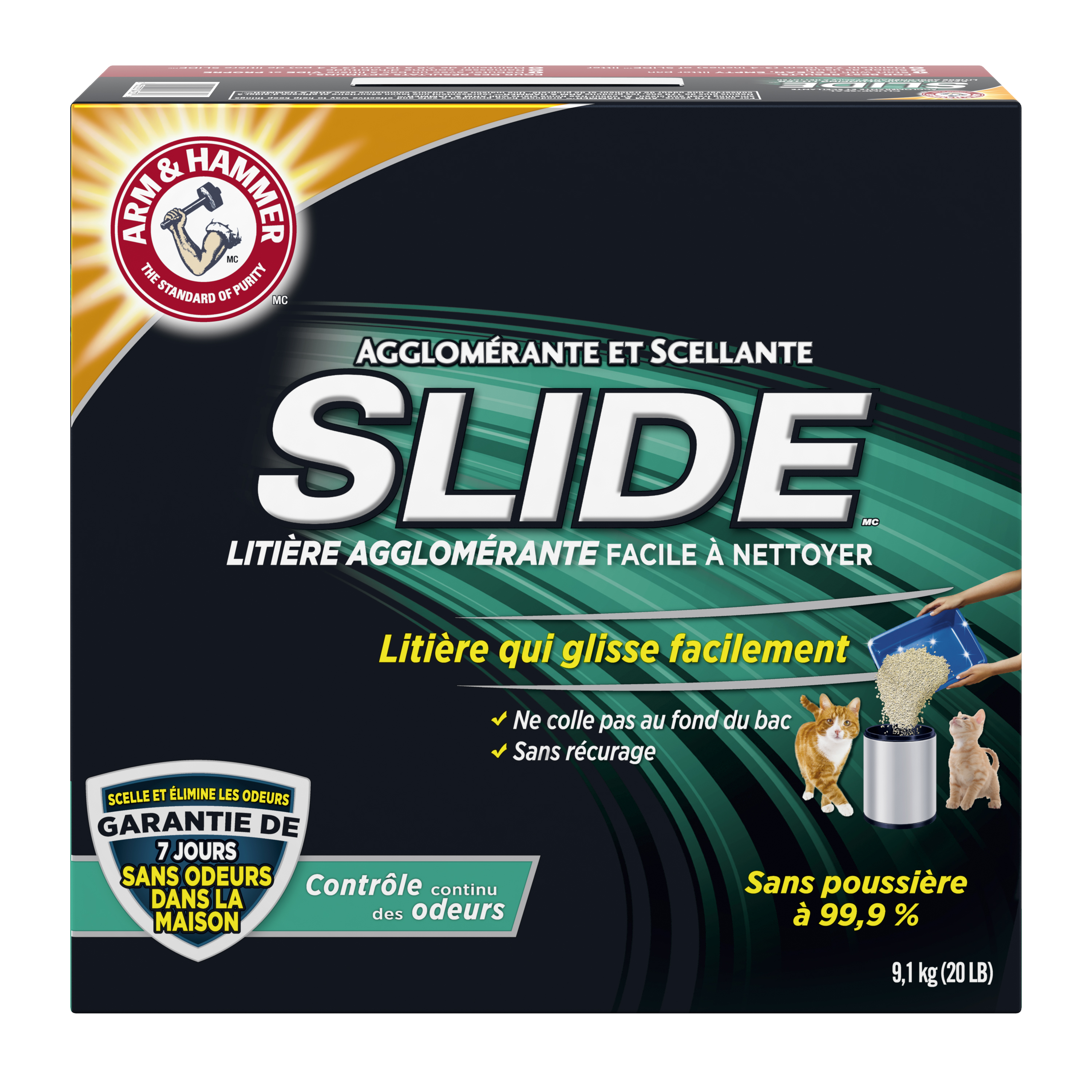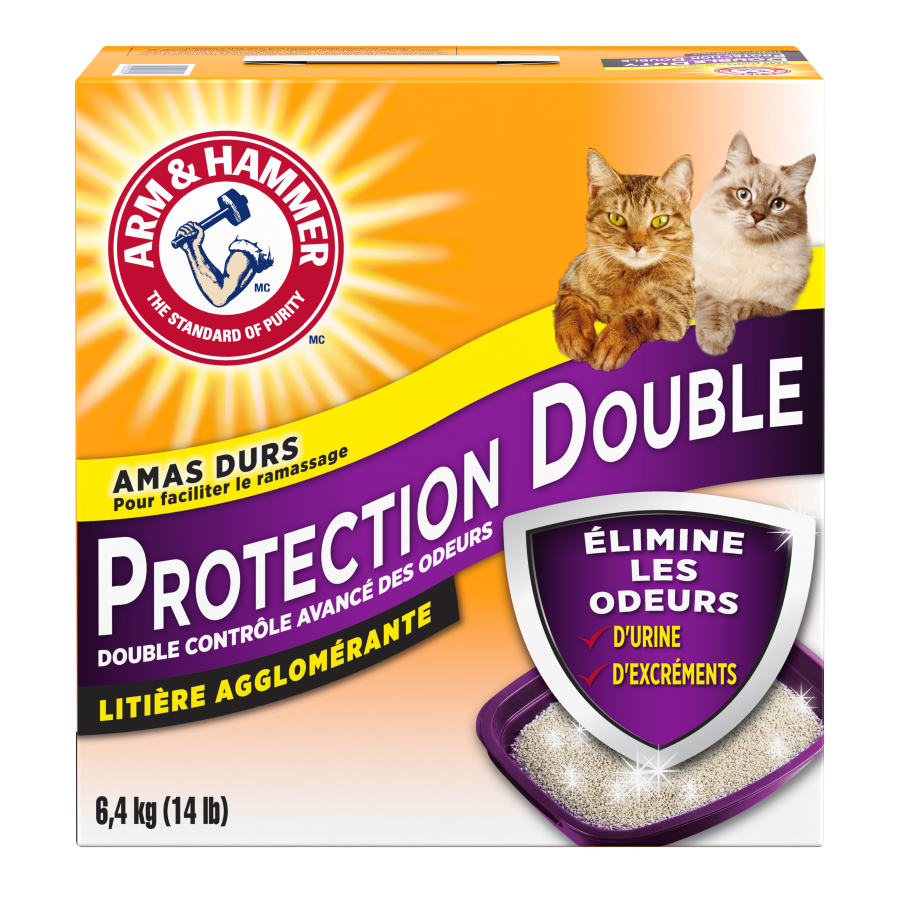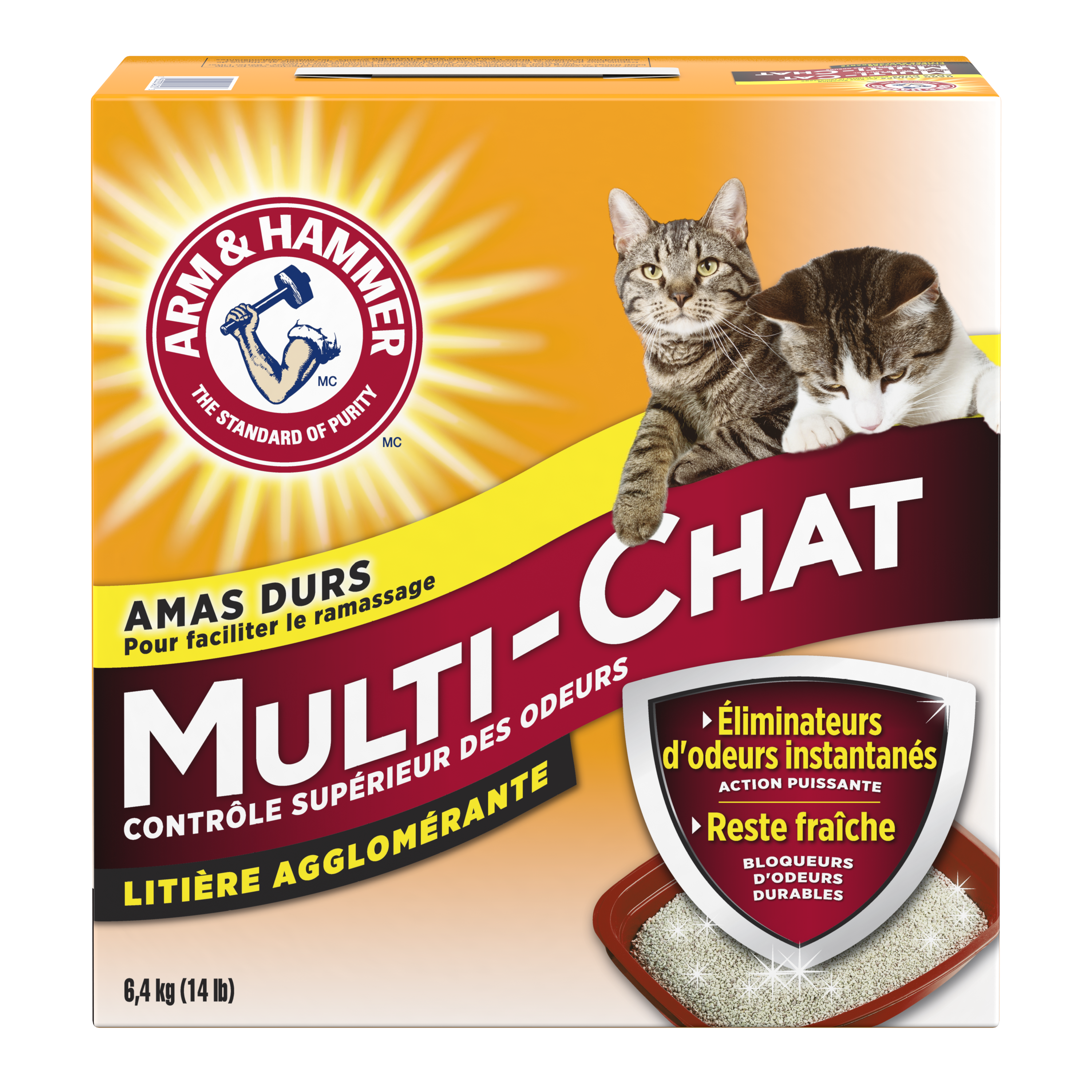Les chats sauvages ne mangent pas et ne boivent pas à l’endroit où ils font leurs besoins, afin de prévenir la contamination de leur eau et de leur nourriture par des bactéries. Par ailleurs, ils préfèrent boire loin de leur nourriture, afin de s’assurer qu’aucune bactérie issue de leur repas (comme un oiseau mort) ne vienne contaminer leur eau. Par conséquent, placez la nourriture, l’eau et la litière de votre chat à différents endroits afin d’éviter tout problème de contamination éventuel.
Toutefois, si votre chat fait ses besoins en dehors de son bac à litière, placez ses gamelles d’eau et de nourriture à l’endroit où il se soulage, afin qu’il n’associe plus cet emplacement au lieu où il fait ses besoins, et donc qu’il arrête ce comportement.
